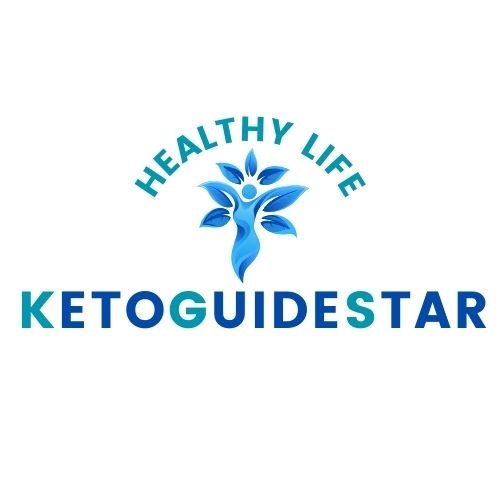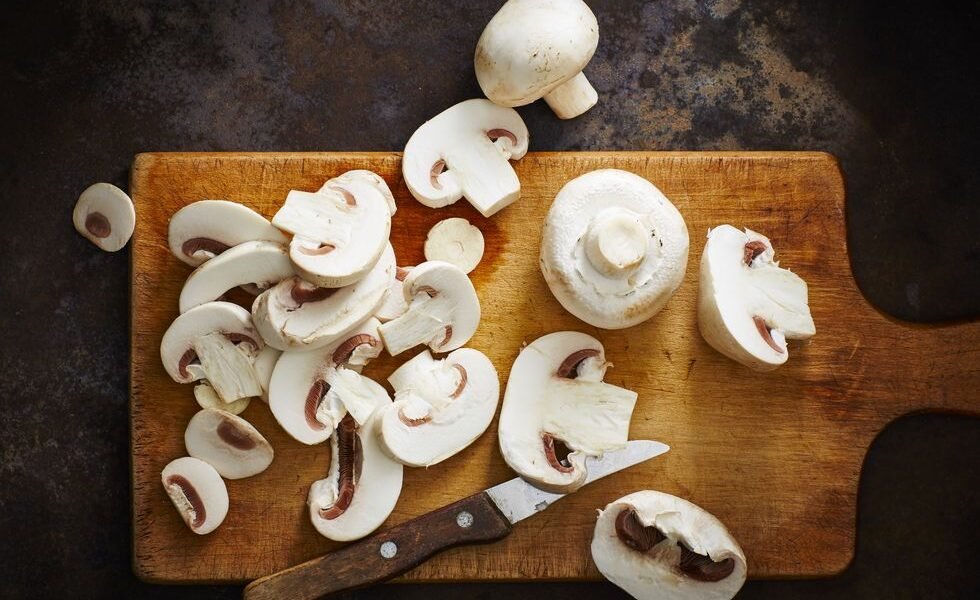Table of Contents
Make your own vitamin D supplements
i’m gonna show you how to make your own vitamin d supplements using mushrooms .
Now mushrooms are normally grown in the dark , and the only light they see is some fluorescent light when they’re either being , picked or processed .
And mushrooms have , very insignificant amounts of vitamin d unless you expose that mushroom to ultraviolet b light .
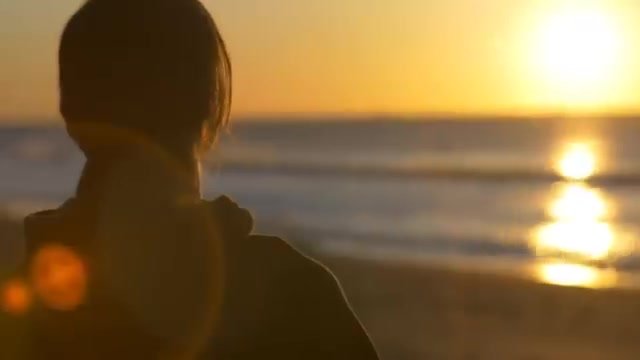
And there’s some very cool research on exposing these mushrooms to light and boosting the vitamin d levels to levels far greater than the RDAs .
You can boost the vitamin d in mushrooms to levels of 5,000 international units to 46,000 international units and beyond .
And so in this video , I’m gonna show you exactly how to do it .
You can use oyster mushrooms , Shiitake , Mutake , or button mushrooms .
And there’s other mushrooms you can use as well .
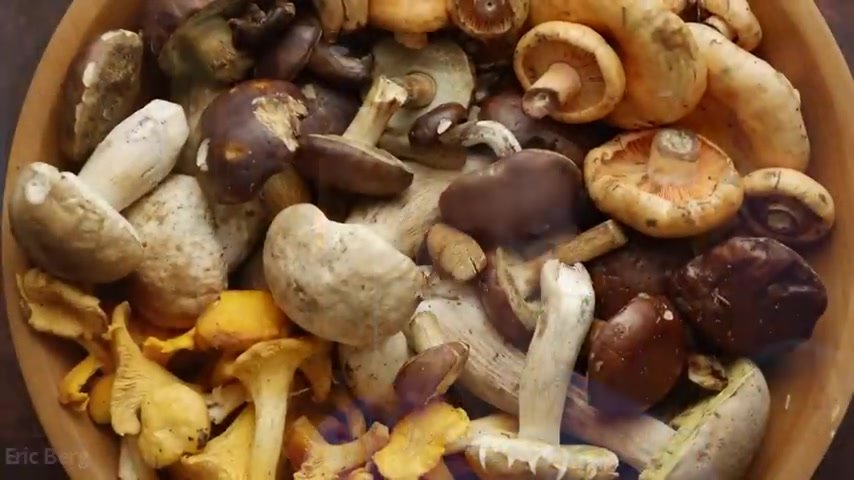
And when they did the research and exposed , mushrooms to life , they found that if you expose the gills , the little ridges underneath the cap , you get the maximum conversion to vitamin d .
Now because the button mushrooms don’t have those little gills , we’re gonna cut them or slice them lengthwise to expose more surface area to create a similar effect .
Now I will say that the type of vitamin d mushrooms have is vitamin d 2 .
And so it’s a slightly different version of vitamin d , and it’s not as bioavailable .
And it has a shorter , half life , but that’s okay because you’re gonna be boosting the levels of vitamin d , at a really good range .
So the amount of absorption you’re gonna get is gonna be pretty good .
I’m also gonna recommend that you consume your mushrooms with some type of fat like butter , sauteing your mushrooms simply because vitamin d absorption is increased when you add a fat since vitamin d is a fat soluble vitamin .
Other nutrients in mushrooms
But mushrooms have some pretty good nutrients .
It has a really good range of b vitamins .
It has selenium , zinc , copper .
It has the vitamin c complex , and it has potassium and many other nutrients .
And they’re great on keto because they’re low net carb .
Alright .
How to make vitamin D supplements
So this is how you’re gonna do it .
You number 1 , you’re gonna obtain mushrooms either from the store or finding them in the woods , or you’re gonna grow them yourself like I did recently .
But I recommend the shiitake , matake , oyster , or the button mushroom .
Now in order to have this mushroom create this conversion and spike the vitamin d , you’re gonna need , ultraviolet b light .
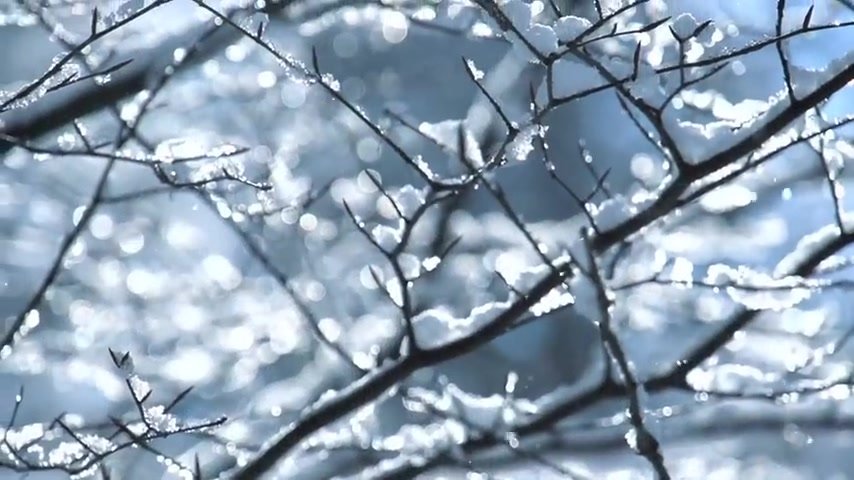
And , unfortunately , you’re not gonna see much of that in the winter , or you’re living in certain latitudes in parts of the world in the north .
So I’m gonna recommend that you do this during the summer months , but you can also do it in the winter using a UV light .
So if it’s summer , June , July , August , so what you’re gonna do is you’re gonna take your mushrooms face up .
You’re gonna take the stems off so the gills are pointing upward , and the cap is towards this sheet , like a cookie sheet , for example .
So you wanna take the stems out because the stems don’t really give you much vitamin d , but the gills do .
So this is mainly for the shiitake , the nitake , or the oyster because the button mushroom doesn’t have the gills .
If you’re gonna use the button mushroom , I would slice them lengthwise .
So you’re gonna lay them down on a cookie sheet , and you’re gonna put these mushrooms out in the sun , k , between 10 o’clock in the morning to 6 o’clock in the early evening .
That will give you 8 hours of exposure to prime sun , which is exposure to UVB radiation .
So at 6 o’clock , you’re gonna take this tray back into the house .
Maybe you cover it .
You wanna make sure there’s not a lot of moisture because you’re trying to sun dry these mushrooms .
Then the next day , day 2 , you’re gonna bring them back out in the sun and do the same procedure , expose them to this bright sun between 10 o’clock in the morning to 6 o’clock in the evening .
Then you’re gonna bring them back to the house , and , hopefully , they’re completely dried out .
The way that you know that they’re dried out is you can just snap them in half , and they should be pretty crisp .
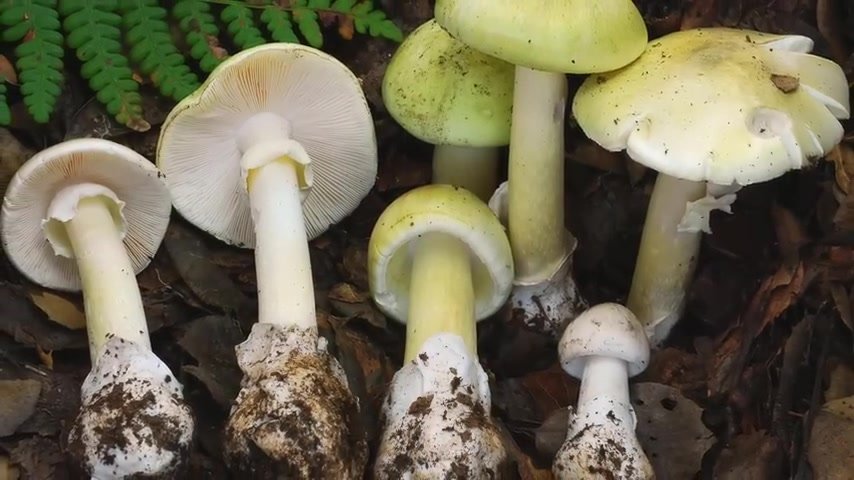
If they’re still soggy , then you might need to use a dehydrator to completely dry them .
So once they’re completely dry , which they normally should be out in the sun after 2 days , You wanna put them in a glass jar and seal the lid .
I also recommend putting a little bit of , just rice at the bottom , maybe about this thick , just to help you absorb the moisture because moisture reactivates the mushrooms , and we’re trying to put them in a dry state to dehydrate them so they’ll last up to a year .
So once you get them into this glass container , now you preserve them for a good amount of time .
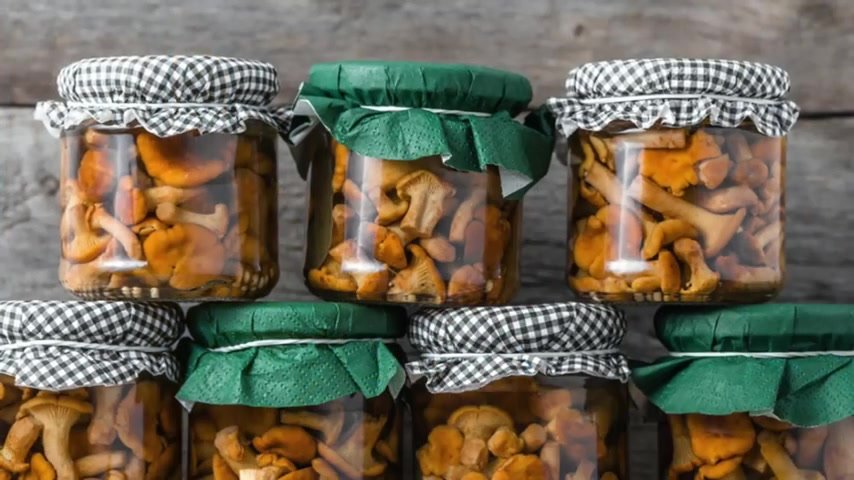
But they found that if you actually keep drying these mushrooms out in the sun , day 3 , 4 , 5 , the level of vitamin e goes down dramatically .
So you only wanna do this for 2 days .
Now if it’s not during the summertime , you can buy a UV light and do the same exact procedure .
But check this out .
A 100 grams , which is , like , roughly one cup of Shiitake mushrooms , can give you up to 46,000 IUs of vitamin d 2 .
I mean , that is incredible .
Now when you use a a light that has UVB radiation and you expose Shiitake mushrooms for 18 hours , now I hope you’re sitting down for this , you could potentially boost the vitamin d 2 .
That’s well over 200,000 IUs of vitamin d .
This is mind blowing , but that’s the potential conversion if you did do that .
And let’s say , for example , you didn’t eat a cup .
Let’s say you ate just a small amount .
That’ll give you a tremendous amount of vitamin d , and you made this vitamin d in your own home .
Now if you do this procedure to button mushrooms , you’ll get , a little bit less .
You’ll get about 20,000 IUs .
Now in other studies , they’re just using mushrooms that are not drying out .
They’ll expose just fresh mushrooms in the sun for between 15 and a 120 minutes , and they’ll get levels between 600 IUs to up to 5000 IUs just from a shorter period of time .
And this is without exposing the gills .
It’s just putting the mushrooms out in the sun .
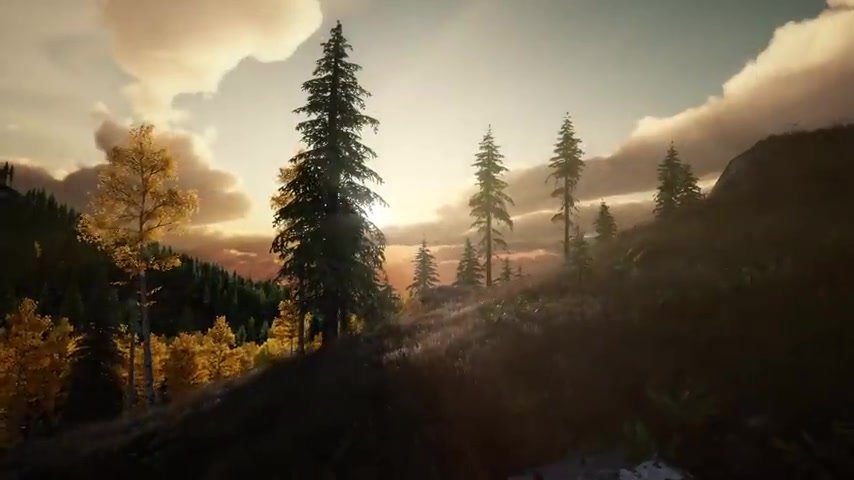
So the whole point and the whole concept of this is to expose mushroom to the sun or some light that has UVB radiation .
So now that you know how to make your own vitamin d 2 , the next thing is to understand fully the benefits of vitamin d .
DATA:
https://www.ncbi.nlm.nih.gov/pmc/articles/PMC6213178
https://fungi.com/blogs/articles/place-mushrooms-in-sunlight-to-get-your-vitamin-d
Key Points:
Seven warning signs of a vitamin D deficiency:
- High blood pressure
- Low back pain
- High blood sugar
- High susceptibility to viruses
- Autoimmune conditions
- Daytime sleepiness
- Depression
Let’s say you’re doing everything right, and you’re still deficient in vitamin D. There are a few reasons why this could happen.
Top causes of a vitamin D deficiency (when you’re already getting vitamin D):
• Polymorphism (a vitamin D receptor mutation)
• You’re still not getting enough vitamin D (you need at least 10,000 IU)
• You have a problem with absorption (due to low zinc, low magnesium, a liver problem, a kidney problem, darker skin, or being overweight)
